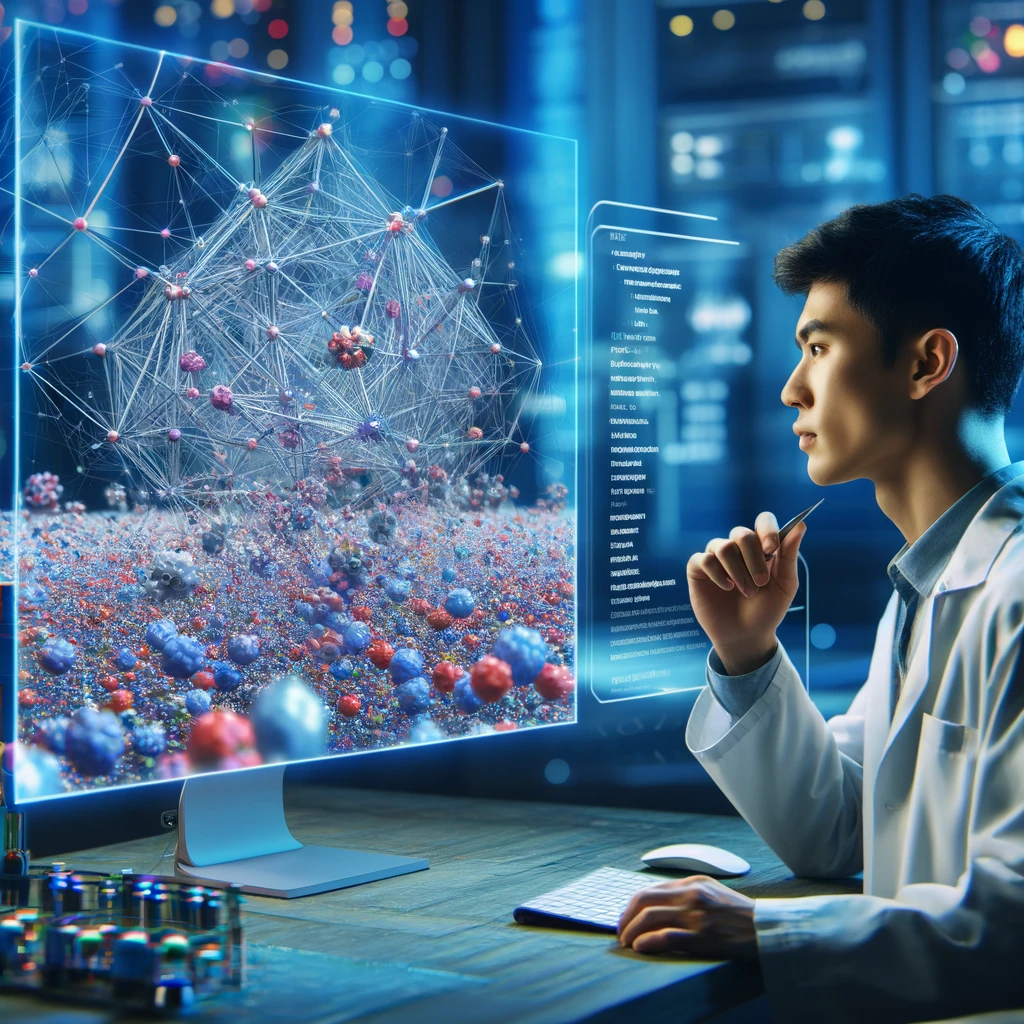Introduction to AI-Driven Predictive Models in Nanotechnology
A team of researchers from Seoul National University, led by professors Nam Ki-tae and Kim Young-min, has made a significant breakthrough in nanotechnology by developing an artificial intelligence (AI) model capable of accurately predicting the three-dimensional structures of nanoparticles at the atomic level. This innovative AI model promises to revolutionize various industries, including semiconductors and pharmaceuticals, by facilitating the creation of new materials with specific desired properties.
The Challenge of Predicting Nanoparticle Structures
Predicting the three-dimensional structures of nanoparticles has been a longstanding challenge in the field of materials science. The physical properties such as optical characteristics, catalytic activity, and electrical conductivity of materials are determined by their structures. Traditionally, it has been difficult to predict these structures due to the complex and dynamic nature of nanoparticles, which evolve from simple seeds into intricate forms.
AI Algorithm: A Solution to a Complex Problem
The research team utilized a sophisticated AI algorithm to successfully predict the growth and resulting structures of nanoparticles. By simulating the developmental processes of these particles, the AI provides insights into their eventual shapes and properties, which are crucial for the design of high-performance batteries, sensors, and semiconductors.
Incorporating Cellular Automata in AI Models
One of the notable aspects of this research is the use of cellular automata, a mathematical model typically used to simulate biological systems, to understand and predict nanoparticle patterns. Although applying cellular automata in three-dimensional models has been challenging, the integration with AI has overcome these obstacles, offering a new way to explore both material and biological phenomena.
Discovery of Optimal Synthesis Methods for Chiral Gold Nanoparticles
The research also led to the development of optimal synthesis methods for chiral gold nanoparticles, which exhibit unique three-dimensional polarization effects. These particles are gaining attention for their potential applications in optical devices and sensors due to their unique ability to exhibit properties similar to those of chiral objects, which are not superimposable on their mirror images.
Impact and Future Applications

The implications of this research are vast. By enabling the precise prediction of nanoparticle structures, the AI algorithm opens up new possibilities for material innovation across various sectors. Professor Nam emphasized the platform’s potential to expedite new material development using AI, enhancing South Korea’s capabilities in cutting-edge technology sectors.
Conclusion: A Step Forward in Material Science
This breakthrough demonstrates how AI can play a pivotal role in understanding and innovating in the field of material science. Professor Kim highlighted the broader application potential of this technology, suggesting that it could extend well beyond the realms of materials science into broader scientific and engineering domains. The research has been recognized internationally and was featured in the prestigious journal ‘Nature Materials’.
South Korea’s Ambitious Leap into Space Leadership: Aiming for the Top Five Global Powers
Hi, I’m [jeybee]. As a long-time resident of Seoul, I’m passionate about uncovering the authentic, everyday magic of Korea. This blog is my way of sharing my favorite spots, tips, and cultural insights with you, beyond the usual tourist traps.

